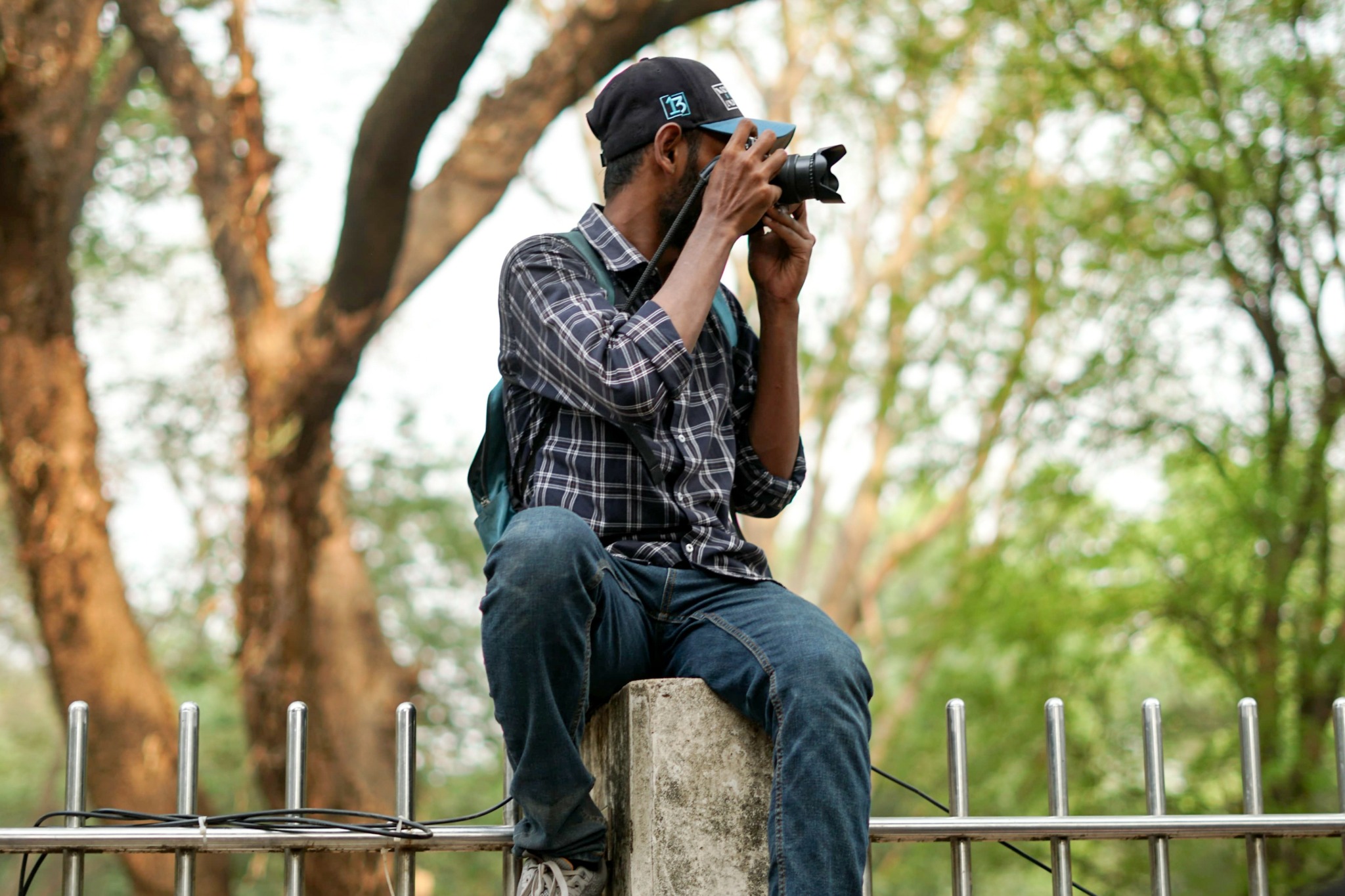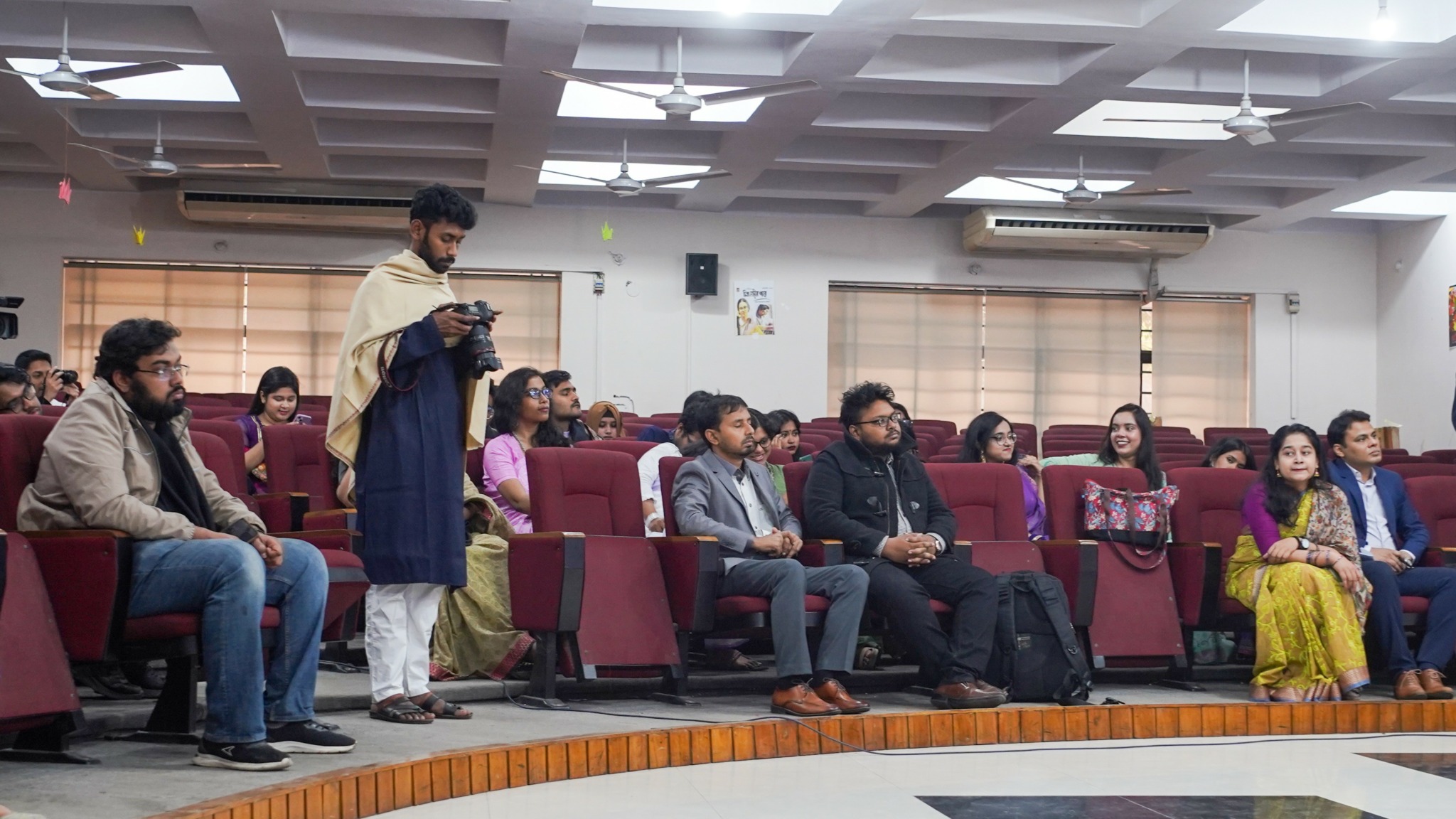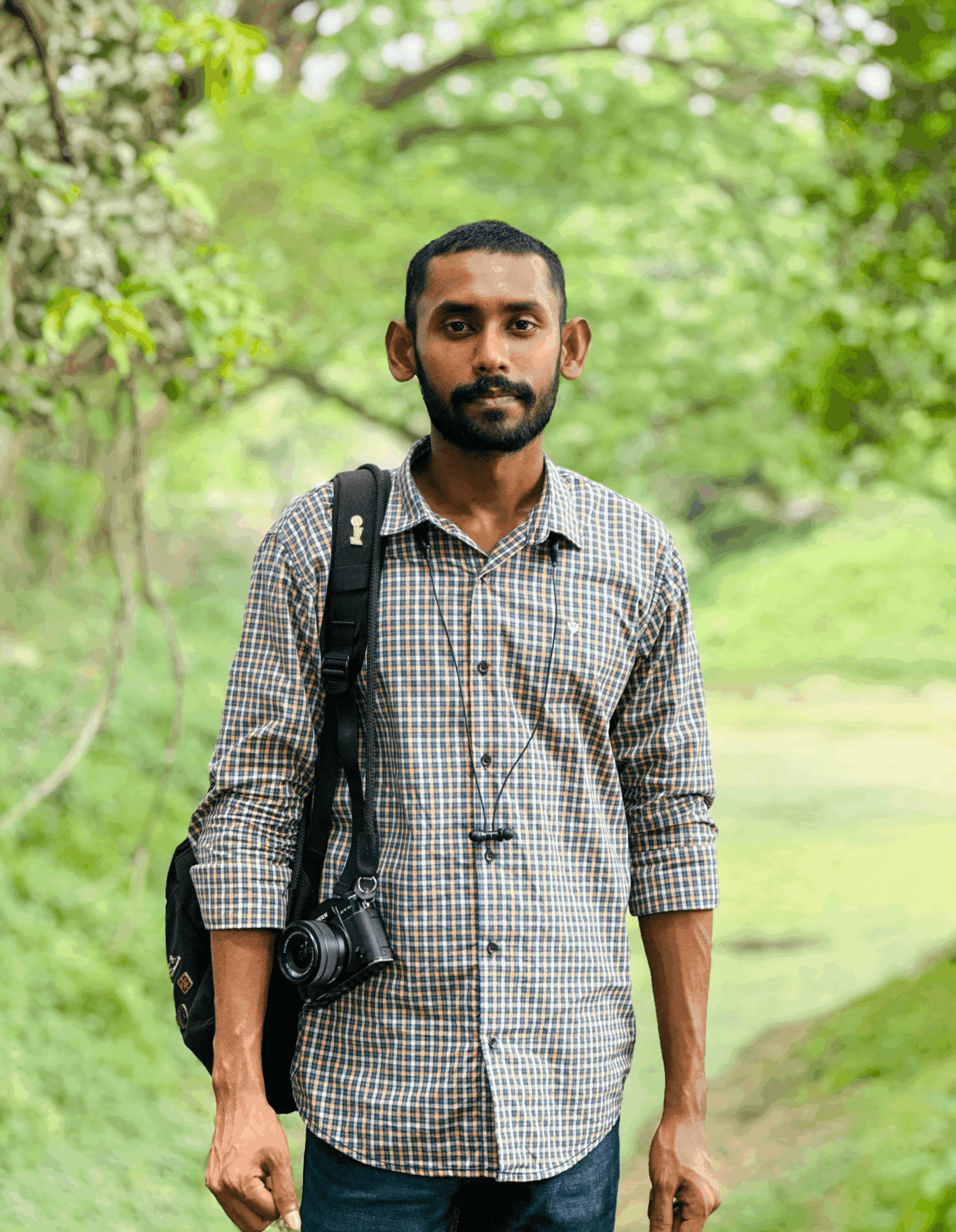We recently connected with Tahseen Md. Muhin and have shared our conversation below.
Tahseen , looking forward to hearing all of your stories today. How did you learn to do what you do? Knowing what you know now, what could you have done to speed up your learning process? What skills do you think were most essential? What obstacles stood in the way of learning more?
Basically, in photography, I learned everything with experimentation. Researching about the things and implementing those in my daily life. There are many rules and compositions in photography, I started experimenting with them in a one-by-one process. It helped.
Other than knowing what I know now, there have been some personal situations which made me slow down, procrastinate and so so. If I could easily overcome those, I guess, that would speed up even more.
In the whole learning process, quick learning ability is very essential, I believe. As I practise street photography, many experiences gather together, and it becomes easy to learn things that I would’ve never imagine I’d learn.
If I say about the obstacles, it is only the Time, for me. Because, now everything is accessible, and one just has to be consistent, and keep trying.


Tahseen , love having you share your insights with us. Before we ask you more questions, maybe you can take a moment to introduce yourself to our readers who might have missed our earlier conversations?
I am a student and visual storyteller based in Bangladesh, working primarily with photography as my medium of expression. My journey into this craft began as a personal exploration—an instinctive need to translate internal experiences into visual form. Over time, photography evolved into both a discipline and a language through which I explore themes of solitude, introspection, and emotional depth.
My creative work centers around capturing silence, stillness, and the nuanced states of the human mind. I am particularly drawn to moments that are often overlooked—those quiet, in-between spaces where emotion lingers just beneath the surface. I focus on composition, mood, and minimalism to create images that are not only aesthetically intentional but also emotionally resonant.
What sets my work apart is its quiet intensity. I do not aim to impress through grandeur or spectacle, but rather to connect—through subtlety, restraint, and emotional honesty. Whether I am working on a personal project or collaborating with others, I strive to offer visual experiences that invite reflection and inner dialogue.
What I am most proud of is the ability to turn complex emotions—such as solitude, frustration, or even quiet joy—into visual narratives that speak to others without needing explanation. I want potential clients, followers, and viewers to know that my work is rooted in sincerity and driven by a deep respect for the emotional layers within everyday life. My intention is always to create something that feels personal, yet universally understood.


Do you think there is something that non-creatives might struggle to understand about your journey as a creative? Maybe you can shed some light?
One thing I think non-creatives may struggle to understand is how deeply personal and emotionally complex the creative journey can be. It’s not just about making something visually pleasing—it’s often about processing emotions, confronting inner struggles, and expressing things that can’t be put into words. For me, photography is not just a craft; it’s a way of navigating solitude, overthinking, and emotional intensity.
Another aspect that’s hard to explain is the invisible labor behind creating something that appears effortless. The hours of thinking, observing, waiting, or even simply feeling—those aren’t always visible in the final image, but they’re essential. Creativity isn’t always loud or performative; sometimes it’s silent, slow, and internal.
I think the insight I’d offer is this: not all meaningful work looks busy on the outside. Sometimes, the most powerful creations come from stillness, from reflection, and from simply being present with your thoughts. And that, too, is valid.


For you, what’s the most rewarding aspect of being a creative?
For me, the most rewarding aspect of being a creative is the deep sense of inner fulfillment it brings. There is a quiet satisfaction in the act of creating—an experience that offers peace, self-love, and a rare opportunity to be fully present with myself. It’s a moment of connection, not just with the work, but with who I am beneath all distractions.
The creative process serves as both a form of escape and a way of engaging more honestly with life. It allows me to reflect, to observe, and ultimately, to understand myself better. Every photograph, every idea, becomes a step toward knowing myself more deeply. In many ways, creativity is not just what I do—it’s how I process the world, how I heal, and how I approach life itself.
Contact Info:
- Instagram: https://www.instagram.com/tahseen_muhin
- Facebook: https://www.facebook.com/tahseenmuhin


Image Credits
Tahseen Md. Muhin


